Coin Toss Probability
Problems on coin toss probability are explained here with different examples.
When we flip a coin there is always a probability to get a head or a tail is 50 percent.
Suppose a coin tossed then we get two possible outcomes either a ‘head’ (H) or a ‘tail’ (T), and it is impossible to predict whether the result of a toss will be a ‘head’ or ‘tail’.
The probability for equally likely outcomes in an event is:
Number of favourable outcomes ÷ Total number of possible outcomes
Total number of possible outcomes = 2
(i) If the favourable outcome is head (H).
Number of favourable outcomes = 1.
Therefore, P(getting a head)
= P(H) = total number of possible outcomes
= 1/2.
(ii) If the favourable outcome is tail (T).
Number of favourable outcomes = 1.
Therefore, P(getting a tail)
Number of favorable outcomes= P(T) = total number of possible outcomes
= 1/2.
Word Problems on Coin Toss Probability:
1. A coin is tossed twice at random. What is the probability of getting
(i) at least one head
(ii) the same face?
Solution:
The possible outcomes are HH, HT, TH, TT.
So, total number of outcomes = 4.
(i) Number of favourable outcomes for event E
= Number of outcomes having at least one head
= 3 (as HH, HT, TH are having at least one head).
So, by definition, P(F) = 34.
(ii) Number of favourable outcomes for event E
= Number of outcomes having the same face
= 2 (as HH, TT are have the same face).
So, by definition, P(F) = 24 = 12.
2. If three fair coins are tossed randomly 175 times and it is found that three heads appeared 21 times, two heads appeared 56 times, one head appeared 63 times and zero head appeared 35 times.
What is the probability of getting
(i) three heads, (ii) two heads, (iii) one head, (iv) 0 head.
Solution:
Total number of trials = 175.
Number of times three heads appeared = 21.
Number of times two heads appeared = 56.
Number of times one head appeared = 63.
Number of times zero head appeared = 35.
Let E1, E2, E3 and E4 be the events of getting three heads, two heads, one head and zero head respectively.(i) P(getting three heads)
Number of times three heads appeared= P(E1) = total number of trials
= 21/175
= 0.12
(ii) P(getting two heads)
Number of times two heads appeared= P(E2) = total number of trials
= 56/175
=
0.32
(iii) P(getting one head)
Number of times one head appeared= P(E3) = total number of trials
= 63/175
= 0.36
(iv) P(getting zero head)
Number of times zero head appeared= P(E4) = total number of trials
= 35/175
= 0.20
Note: Remember when 3 coins are tossed randomly, the only possible outcomes
are E2, E3, E4 andP(E1) + P(E2) + P(E3) + P(E4)
= (0.12 + 0.32 + 0.36 + 0.20)
= 1
3. Two coins are tossed randomly 120 times and it is found that two tails appeared 60 times, one tail appeared 48 times and no tail appeared 12 times.
If two coins are tossed at random, what is the probability of getting
(i) 2 tails,
(ii) 1 tail,
(iii) 0 tail
Solution:
Total number of
trials = 120
Number of times 2 tails appear = 60
Number of times 1 tail appears
= 48
Number of times 0 tail appears
= 12
(i) P(getting 2 tails)
Number of times 2 tails appear= P(E1) = total number of trials
= 60/120
= 0.50
(ii) P(getting 1 tail)
Number of times 1 tail appear= P(E2) = total number of trials
= 48/120
= 0.40
(iii) P(getting 0 tail)
Number of times no tail appear= P(E3) = total number of trials
= 12/120
= 0.10
Note:
Remember while tossing 2 coins simultaneously, the only possible outcomes are E1, E2, E3 and,P(E1) + P(E2) + P(E3)
= (0.50 + 0.40 + 0.10)
= 1
4. Suppose a fair coin is randomly
tossed for 75 times and it is found that head turns up 45
times and tail 30 times. What is the probability of getting (i)
a head and (ii) a tail?
Solution:
Total number of trials = 75.
Number of times head turns up = 45
Number of times tail turns up = 30
(i) Let X be the event of getting a head.
P(getting a head)
Number of times head turns up= P(X) = total number of trials
= 45/75
= 0.60
(ii) Let Y be the event of getting a tail.
P(getting a tail)
Number of times tail turns up= P(Y) = total number of trials
= 30/75
= 0.40
Note: Remember when a fair coin is tossed and then X and Y are the only possible outcomes, and
P(X) + P(Y)
= (0.60 + 0.40)
= 1Probability
Probability of Tossing Two Coins
Probability of Tossing Three Coins
Probability for Rolling Two Dice
Probability for Rolling Three Dice
From Coin toss Probability to HOME PAGE
Didn't find what you were looking for? Or want to know more information about Math Only Math. Use this Google Search to find what you need.
Recent Articles
-
Converting Fractions to Decimals | Solved Examples | Free Worksheet
Apr 26, 25 05:04 PM
In converting fractions to decimals, we know that decimals are fractions with denominators 10, 100, 1000 etc. In order to convert other fractions into decimals, we follow the following steps: -
Converting Decimals to Fractions | Solved Examples | Free Worksheet
Apr 26, 25 04:56 PM
In converting decimals to fractions, we know that a decimal can always be converted into a fraction by using the following steps: Step I: Obtain the decimal. Step II: Remove the decimal points from th… -
Worksheet on Decimal Numbers | Decimals Number Concepts | Answers
Apr 26, 25 03:48 PM
Practice different types of math questions given in the worksheet on decimal numbers, these math problems will help the students to review decimals number concepts. -
Multiplication Table of 4 |Read and Write the Table of 4|4 Times Table
Apr 26, 25 01:00 PM
Repeated addition by 4’s means the multiplication table of 4. (i) When 5 candle-stands having four candles each. By repeated addition we can show 4 + 4 + 4 + 4 + 4 = 20 Then, four 5 times -
Subtraction of Decimals | Subtracting Decimals | Decimal Subtraction
Apr 24, 25 03:25 PM
We will discuss here about the subtraction of decimals. Decimals are subtracted in the same way as we subtract ordinary numbers. We arrange the digits in columns
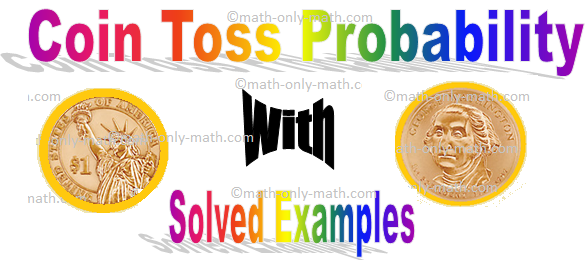

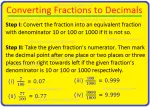
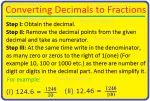
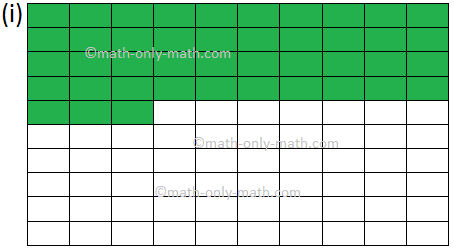
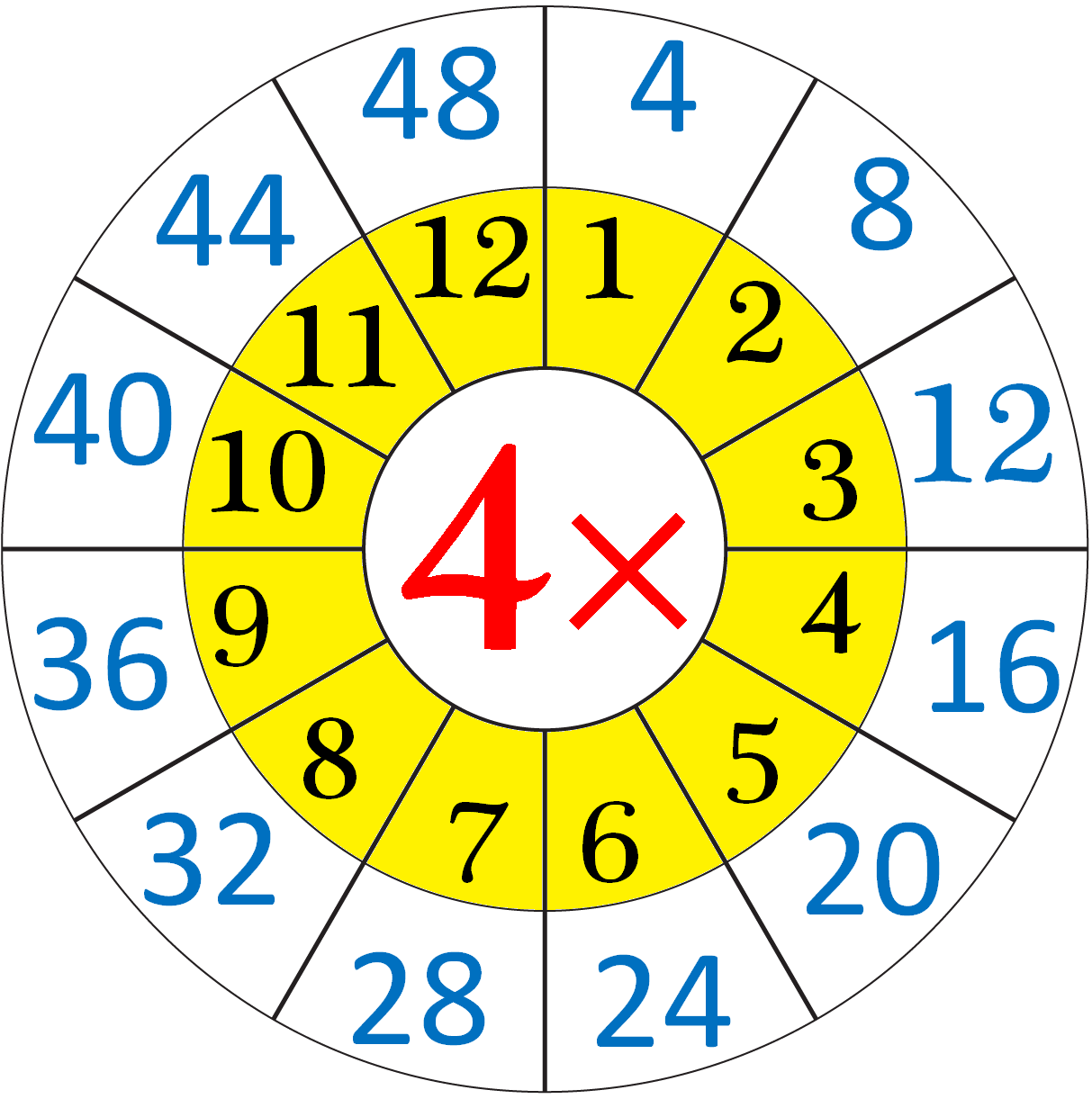
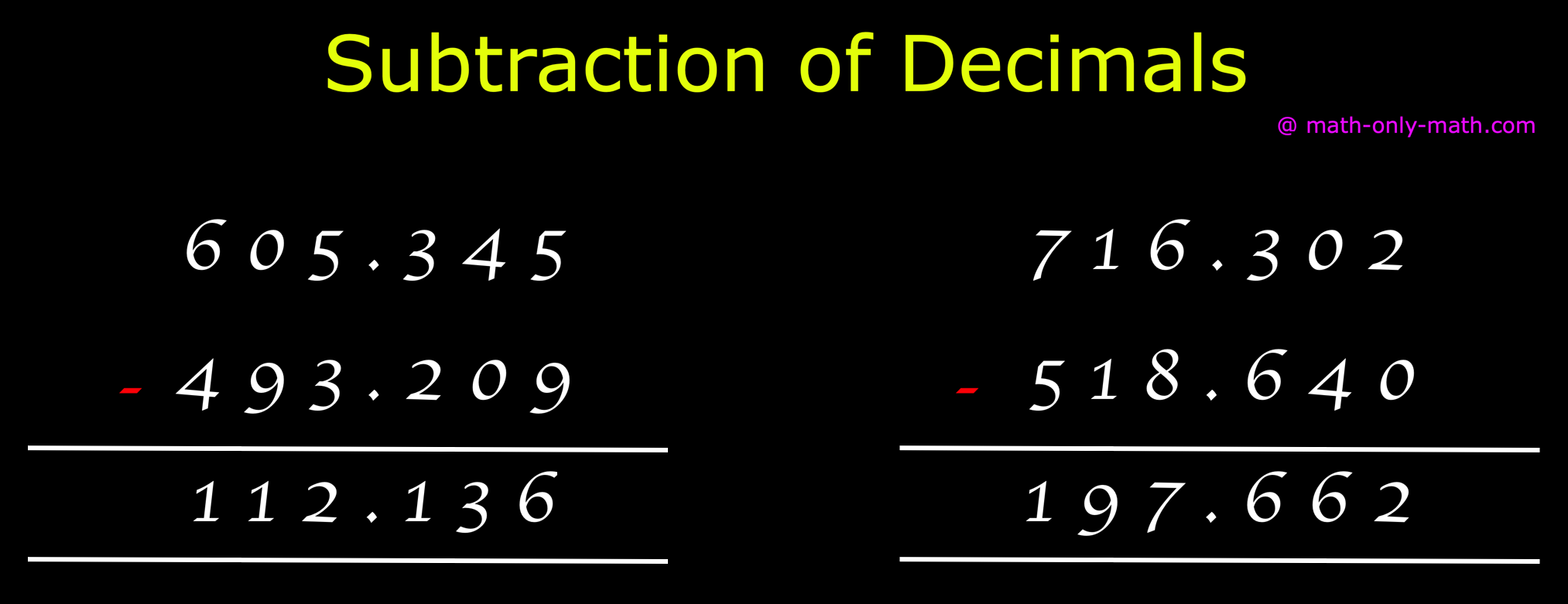
New! Comments
Have your say about what you just read! Leave me a comment in the box below. Ask a Question or Answer a Question.